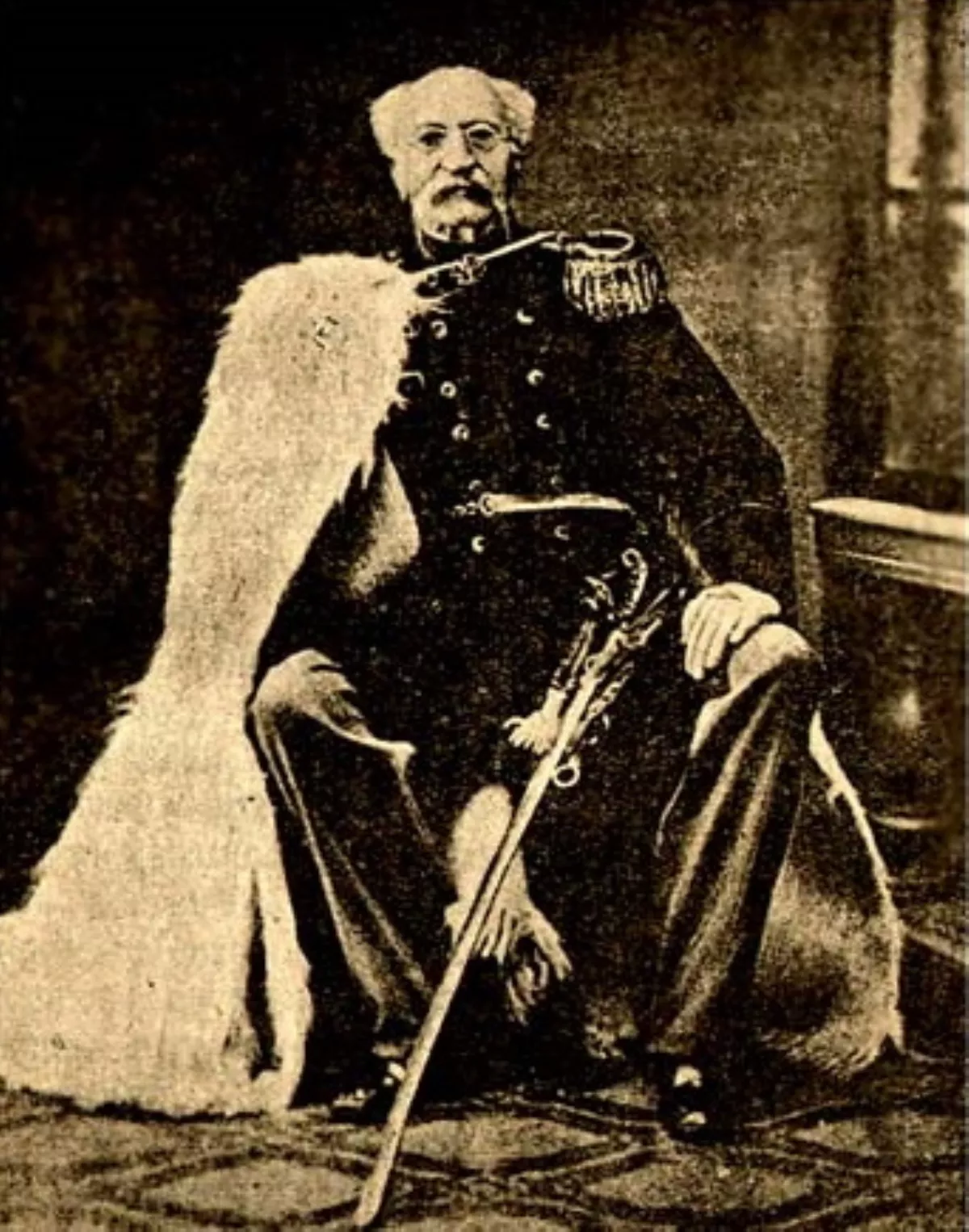 1.
1. Grigory Khristoforovich von Zass was an Imperial Russian general who commanded Russian cavalry troops in the Napoleonic Wars and Russo-Circassian War, initially gaining prominence for his actions against the Circassians, whom he reportedly saw as a "lowly race".